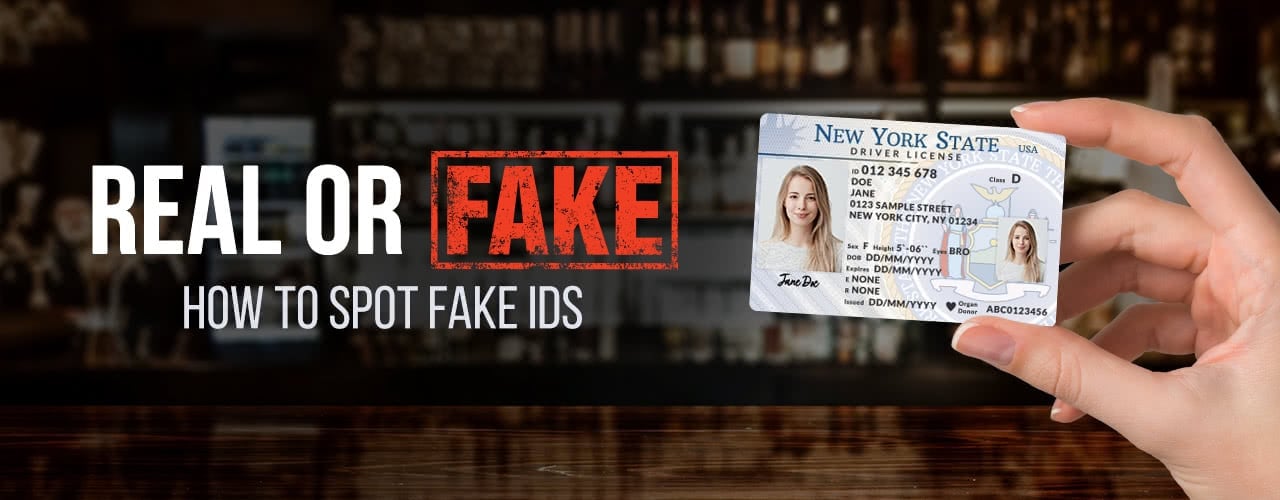Washington Fake Id Templates
2023-07-29 2023-07-29 1:42Washington Fake Id Templates

Washington Fake Id Templates
Bahrain Fake Id
Belgium Fake Id
Dnr Fake Driver License
Ontario Fake Id
Title: The Intricate World of Washington Fake ID Templates
Introduction:
In today’s digital age, the demand for fake identification cards, commonly known as fake IDs, is steadily increasing. Although possessing or using a fake ID is illegal in most jurisdictions, it remains a prevalent practice amongst young people seeking access to age-restricted activities. Washington state, like many others, is not immune to this trend. With its vibrant nightlife, college campuses, and territorial allure, the availability of Washington fake ID templates has become a prominent concern among authorities.
1. Understanding the Significance of Fake IDs:
Fake IDs are primarily sought by individuals who are underage but wish to experience activities or obtain privileges reserved for adults. These may include entering bars and nightclubs, purchasing alcohol or cigarettes, gaining admission to events, or even boarding a plane. Consequently, the existence of fake ID templates only amplifies the risks associated with underage drinking and other illicit activities.
2. The Growing Market for Fake ID Templates:
The proliferation of technology and the advent of the internet have made it easier than ever to obtain or create fake IDs. Online markets, often operating in the dark web’s hidden corners, provide a convenient platform for individuals to order customizable fake ID templates from various states, including Washington. These templates are then modified using photo editing software before being printed onto PVC cards, making them difficult to differentiate from genuine IDs.
3. The Implications of Washington Fake ID Templates:
a. Law Enforcement Challenges:
Washington state law enforcement agencies face the daunting task of identifying and intercepting individuals using counterfeit ID cards. The quality and accuracy of these fake IDs has improved significantly over the years, requiring specialized training for officials to spot discrepancies and detect fraud.
b. Potential Security Risks:
The use of fake IDs not only poses legal risks but also presents security challenges. Entry to sensitive locations or events, such as airports, can be compromised if individuals with malicious intent possess convincing counterfeit IDs. Ensuring robust security measures while preserving the convenience of legitimate ID holders is an ongoing concern for authorities.
c. Negative Social Consequences:
The availability of fake ID templates perpetuates a culture of dishonesty and irresponsibility among young individuals. It can also encourage excessive underage drinking and drug use, contributing to an increase in social issues such as public disturbances, accidents, and crime rates.
4. Legislative Measures and Deterrence Efforts:
a. Enhanced ID Security Features:
One way to combat the use of Washington fake ID templates is to strengthen the security features on genuine IDs. Incorporating innovative technologies, such as holograms, advanced barcoding, and tamper-evident elements, can make counterfeiting more difficult, thus deterring potential offenders.
b. Public Awareness Campaigns:
Educational campaigns targeting both teenagers and parents can help raise awareness about the consequences and risks associated with fake IDs. Informing individuals about the legal repercussions, personal safety concerns, and adverse effects on society can foster a culture of responsible decision-making.
c. Cooperation with Technology Companies:
Collaborating with prominent technology companies specializing in identification verification systems can provide beneficial insights and potential solutions for tackling fake ID usage. By leveraging advanced facial recognition algorithms and machine learning capabilities, authorities can enhance their ability to detect fraudulent documents.
5. Public-Private Partnerships in Combatting Fake IDs:
a. Collaboration with Educational Institutions:
Working closely with academic institutions, such as colleges, to promote responsible drinking habits and develop robust identity verification systems can help minimize the demand for fake IDs. Incorporating alcohol education programs and stronger security protocols can create a safer environment for all stakeholders involved.
b. Industry Collaboration:
Engaging with bar and nightclub owners, concert organizers, and other establishments that are commonly targeted by individuals using fake IDs can facilitate the exchange of information and best practices. Joint efforts to improve security measures, such as employing professional bouncers, implementing ID scanning technology, or utilizing online verification services, can act as a deterrent to using counterfeit identification.
Conclusion:
The availability of Washington fake ID templates presents a challenge to law enforcement agencies, security personnel, and society as a whole. To effectively tackle this issue, a comprehensive approach that combines legislative measures, public awareness campaigns, technological innovations, and public-private partnerships is necessary. By fostering a culture of responsible behavior and elevating ID security standards, we can minimize the risks associated with fake IDs and ensure a safer and more secure society for all.


















